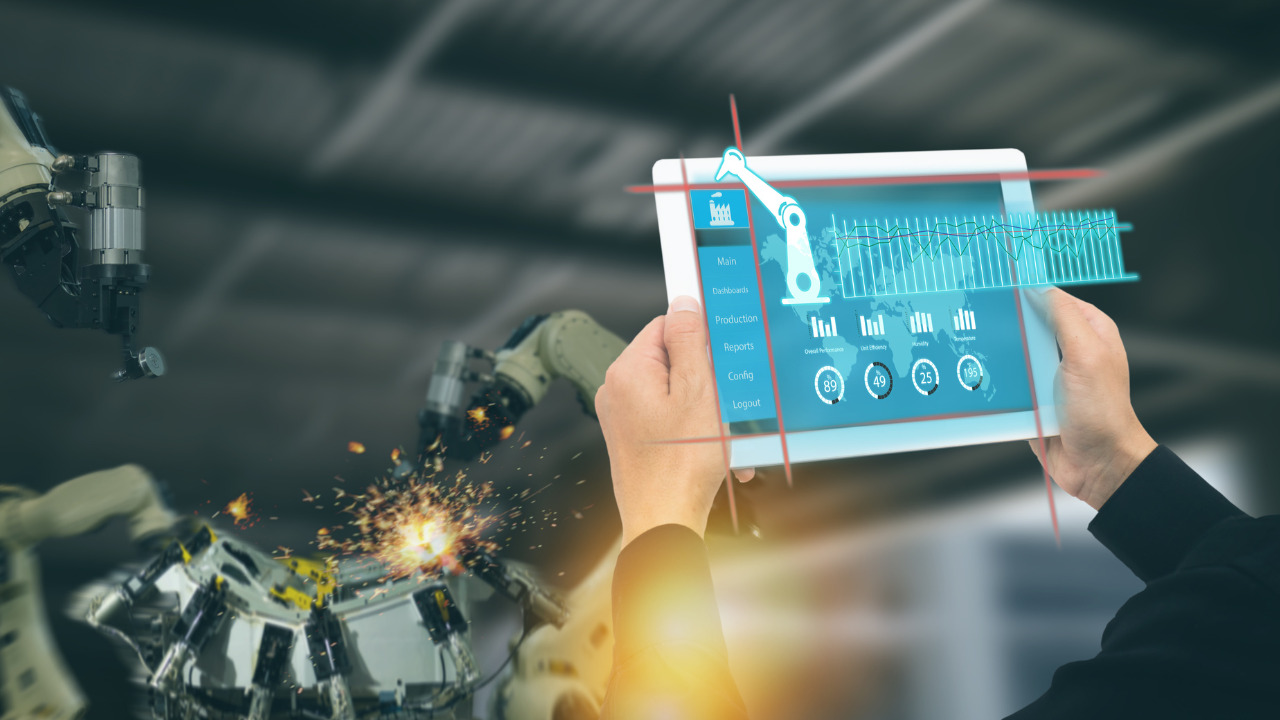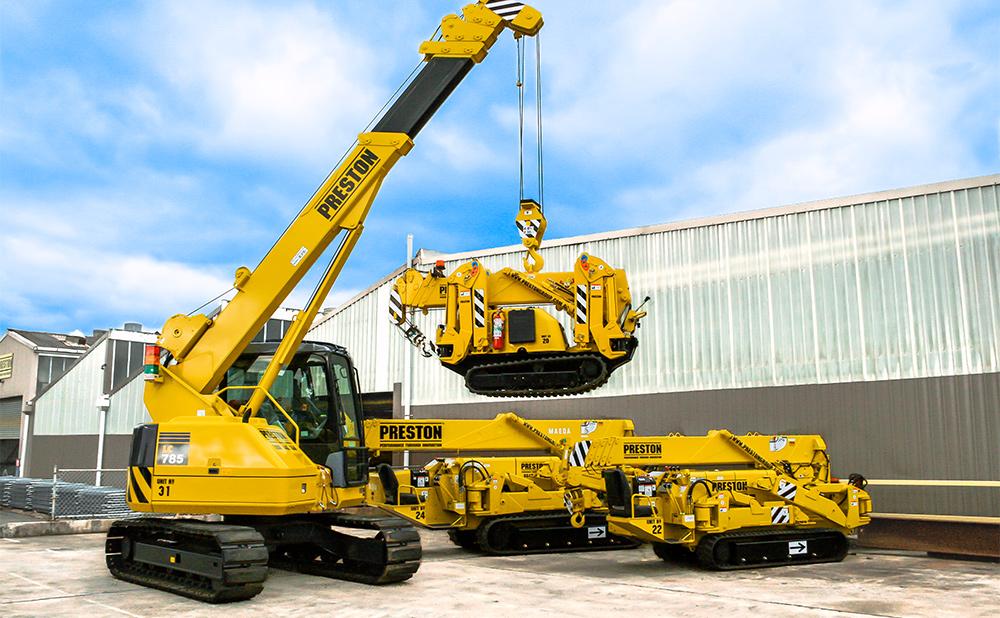With the introduction of digital technology, notably, the Industrial Internet of Things (IIoT), industrial automation has radically developed, with IIoT playing a critical role in this paradigm shift.
When this powerful technology is combined with Schneider Electric’s EcoStruxure plant and machine architecture, the potential is amplified, improving operational efficiency, and paving the path for a more sustainable future.
Table of Contents
The Power of IIoT
The Internet of Things (IoT) is a network of networked industrial devices that communicate and exchange data to improve system visibility, optimize operations, and improve decision-making.
According to a 2020 McKinsey estimate, implementing IIoT may unlock $4 trillion to $11 trillion in economic value annually by 2025. IIoT provides considerable benefits ranging from condition monitoring and predictive maintenance to production line optimization.
It is not without difficulties, however, such as guaranteeing data security and managing the integration of legacy systems with new technologies.
EcoStruxure
EcoStruxure, an IoT-enabled architecture, and platform that complements IIoT, is becoming a major game changer in the sector.
EcoStruxure offers a comprehensive suite of interoperable technologies that enable enterprises to design, create, and run sustainable systems that are safer, more reliable, and more efficient. It combines information technology and operational technology, providing real-time data analytics and driving digital innovation.
According to Schneider Electric, clients who used EcoStruxure for industrial automation saw an average 30% decrease in CapEx and a 25% gain in production efficiency. EcoStruxure, like IIoT, confronts issues such as the requirement for a competent staff for successful deployment and the shift to a data-driven culture.
The Synergy of IIoT and EcoStruxure
By combining the power of IIoT and EcoStruxure, we can achieve unparalleled efficiency in industrial automation. These digital advancements improve productivity, reduce downtime, and streamline corporate operations.
They collaborate, with IIoT providing complete data from numerous industrial devices and EcoStruxure evaluating this data to enable informed decision-making. They complement one another’s strengths, producing a complex web of communication and control that ensures precise and flawless operations.
Promoting Sustainability in Industrial Automation
In addition to efficiency, the combination of IIoT with EcoStruxure promotes sustainability in industrial automation. Driving sustainability has become critical in a world coping with climate change.
According to the World Economic Forum, digital technologies such as IIoT have the potential to reduce global carbon emissions by 15%.
EcoStruxure contributes to this aim by optimizing energy consumption, efficiently managing resources, and minimizing waste. WaterForce, a New Zealand-based irrigation company, used IIoT and EcoStruxure, which resulted in 50% energy savings and a 30% reduction in water usage.
Scalability
Scalability is a critical benefit provided by modern digital technologies. The IIoT, with its network of smart devices, provides this scalability, allowing firms to grow their operations without incurring significant expenses or resources.
It enables firms to gradually ramp up their automated processes, ensuring that technology investments are in line with company growth.
Flexibility
EcoStruxure, on the other hand, provides flexibility by integrating disparate technologies across the factory floor and offering a unified operational picture.
This level of information enables operators to change production processes as needed, respond to disturbances, and even anticipate issues before they occur.
Cybersecurity
Furthermore, cybersecurity is a crucial concern for every firm embarking on a digital transformation journey.
Both IIoT and EcoStruxure are built with strong security features that provide multi-layered defense mechanisms to keep industrial operations safe from potential cyber threats. They follow global cybersecurity standards to protect data privacy and system integrity.
Conclusion
In summary, combining IIoT and EcoStruxure in industrial automation improves not just efficiency and sustainability, but also scalability, flexibility, and security. Human flexibility and a change-embracing culture, on the other hand, are equally important in reaping these benefits.





